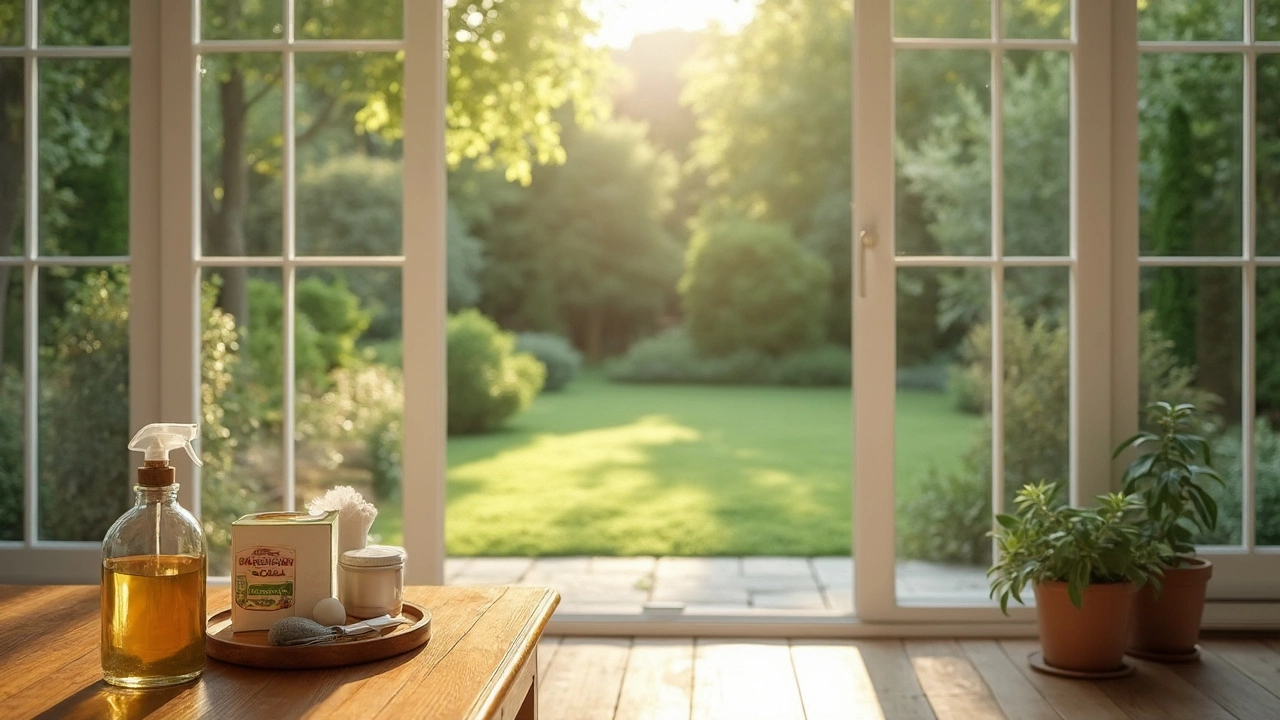How to Remove Cloudiness from Glass and Surfaces
Ever look at a window and see a hazy film that makes everything look dull? That cloudiness isn’t magic – it’s just grime, hard water spots, or leftover cleaner. The good news is you can banish it with a few household items and a bit of elbow grease. Below are straight‑forward steps you can start right now.
Why Surfaces Get Cloudy
Most cloudiness comes from mineral deposits left by tap water, especially in areas with hard water. When water evaporates, it leaves behind calcium and magnesium that form a faint white film. Soap scum, cooking oils, and dust also settle on glass, creating a misty look. Using the wrong cleaner can even leave a residue that looks like cloudiness.
Easy Steps to Clear Up Cloudiness
1. Gather the right tools. You’ll need a clean microfiber cloth, a spray bottle, distilled white vinegar, a few drops of dish soap (like Dawn), and optionally a squeegee.
2. Make a simple solution. Mix 1 part distilled white vinegar with 2 parts warm water. Add a drop of dish soap for extra grease‑cutting power. Pour the mix into the spray bottle.
3. Spray and let sit. Spray the cloudy area liberally and let it sit for 30‑60 seconds. The vinegar breaks down mineral buildup while the soap lifts oil.
4. Wipe with a microfiber cloth. Use a dry section of the cloth to scrub in gentle circles. Microfiber picks up particles without scratching the glass.
5. Rinse with clear water. If you have a garden hose or a clean spray bottle of plain water, give the surface a quick rinse to remove any vinegar taste.
6. Dry with a squeegee or a fresh cloth. Pull the squeegee from top to bottom, wiping the blade with a towel after each pass. This prevents streaks and leaves the glass sparkling.
For stubborn cloudiness on mirrors or bathroom tiles, repeat the process a second time or try a paste of baking soda and water. Apply, let fizz, then wipe away.
If DIY doesn’t give you the shine you want, professional window cleaners use a combination of pure water and a tiny amount of specialty surfactant. Their equipment sprays water at high pressure, then wipes it away with a clean squeegee or microfiber pad, leaving a streak‑free finish.
Keeping cloudiness at bay is easier than you think. After each cleaning, dry the surface completely and consider a quick spray of a vinegar‑water mix once a month. This regular maintenance stops mineral build‑up before it becomes a problem.
So next time you see a hazy pane, grab that vinegar bottle, a cloth, and watch the cloudiness disappear. Clear windows mean more natural light, a brighter home, and less hassle for you.

Remove Cloudiness from Clear Glass: Effective Window Cleaning Tips
Cloudy glass can be caused by hard water stains, minerals, or just general grime build-up. Learn how to make your glass sparkle again using simple household ingredients like vinegar and baking soda, along with some professional tricks. Discover preventative tips to maintain your windows and ensure they're always crystal clear. Say goodbye to unsightly film and see the world through a clearer lens. These practical tips will have your windows looking brand new in no time.
Read More